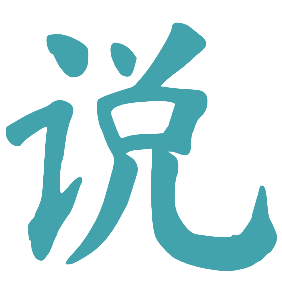
WHAT CHINA SAYS,
WHAT CHINA MEANS
AND WHAT THIS MEANS
FOR HUMAN RIGHTS

Introduction
C hina’s official attitude towards and interpretation of human rights has shifted noticeably over the past decades, as has its status on the world stage. Involvement of individual Chinese political personalities in the protection of human rights internationally dates back to the creation of the United Nations itself and the Universal Declaration of Human Rights in 1948. However, more recently, China has increasingly challenged international human rights norms, most notably by opposing the universality of human rights as a vestige of “Western liberal thinking” or “Western values” and rejecting human rights as something that transcends national sovereignty and concerns the international community as a whole.
As its economic, political and diplomatic clout has grown, so too have China’s attempts to embed its interpretation of human rights into international human rights discourse and at international institutions, such as in human rights resolutions of the UN Human Rights Council.
This glossary aims to explain what China says, what China means, the difference between the two and the risks this poses to human rights around the world. The glossary focuses on the export of “human rights with Chinese characteristics” into international documents. Though vaguely defined, phrases like these have become mantras in Beijing’s efforts to redefine human rights norms in favour of China’s priorities. The emphasis on state sovereignty, non-interference in internal affairs and economic development as a human right that supersedes all other rights are all things that threaten to weaken the international human rights system, as well as norms of transparency and accountability.
The glossary provides a timeline of China’s approach to human rights over the past 70 years since the creation of the United Nations, as well as 10 key phrases that present-day China wants to persuade the world to adopt with implications for human rights.

